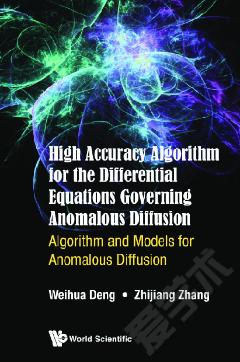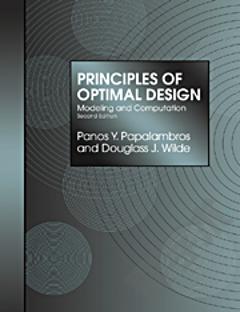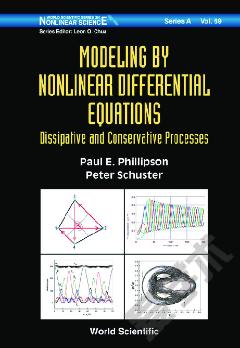Advanced Computational Vibroacoustics: Reduced-Order Models and Uncertainty Quantification
Advanced Computational Vibroacoustics presents an advanced computational method for the prediction of sound and structural vibrations in low- and mediumfrequency ranges â complex structural acoustics and fluid-structure interaction systems encountered in aerospace, automotive, railway, naval, and energy-production industries. The formulations are presented within a unified computational strategy and are adapted for the present and future generation ofmassively parallel computers. A reduced-order computational model is constructed using the finite element method for the damped structure and the dissipative internal acoustic fluid (gas or liquid with or without free surface) and using an appropriate symmetric boundaryelementmethod for the external acoustic fluid (gas or liquid). This book allows direct access to computational methods that have been adapted for the future evolution of general commercial software. Written for the global market, it is an invaluable resource for academic researchers, graduate students, and practicing engineers.
{{comment.content}}








 京公网安备 11010802027623号
京公网安备 11010802027623号